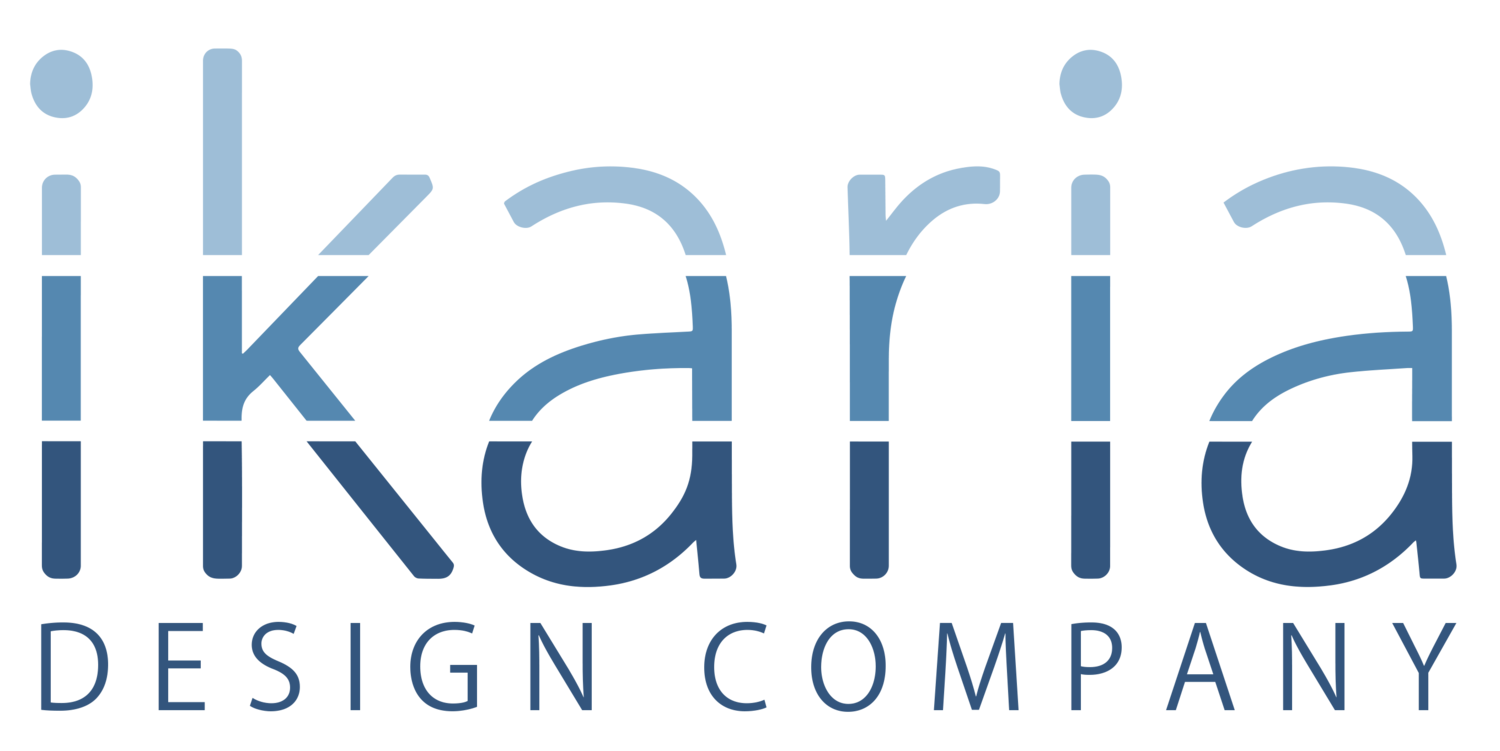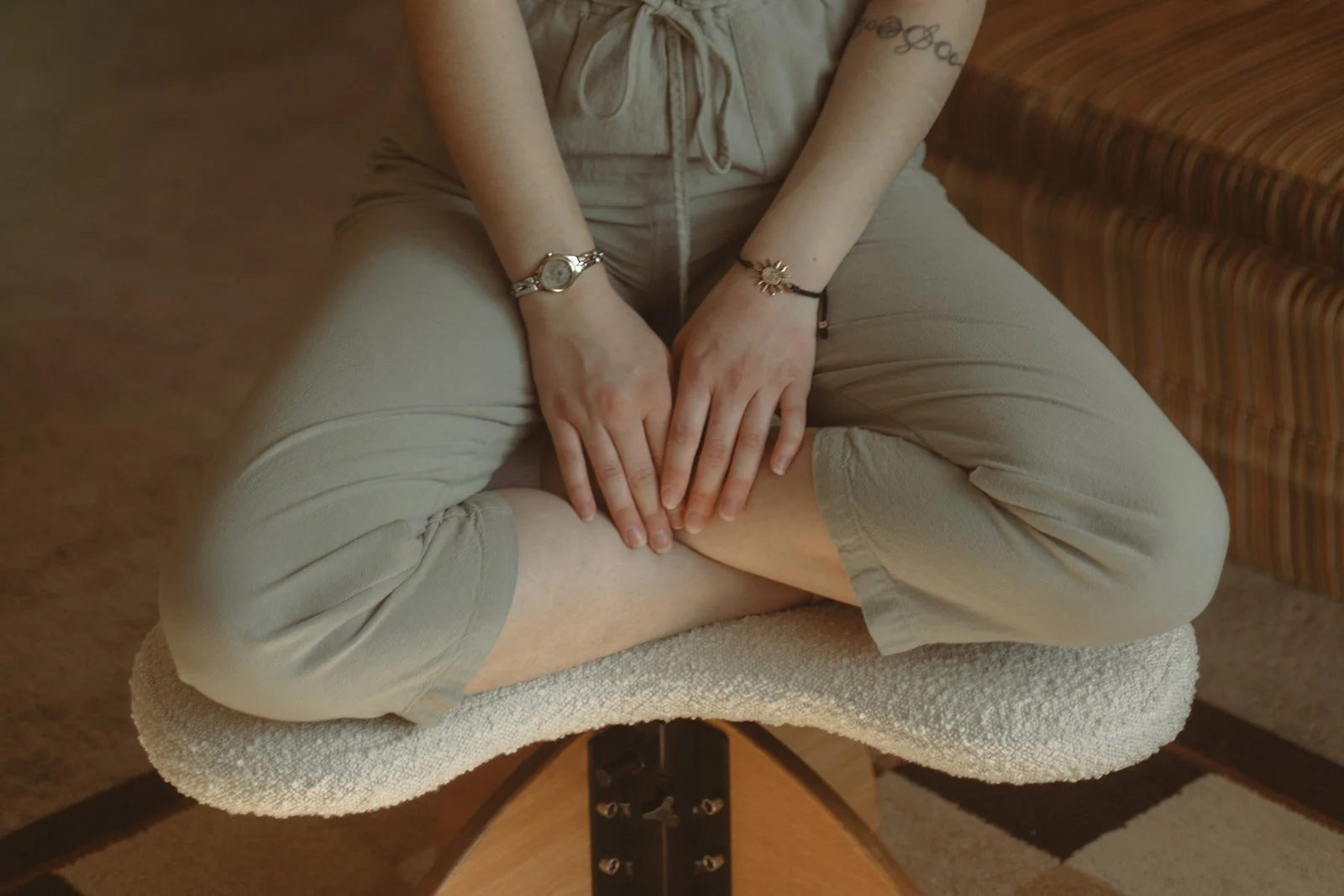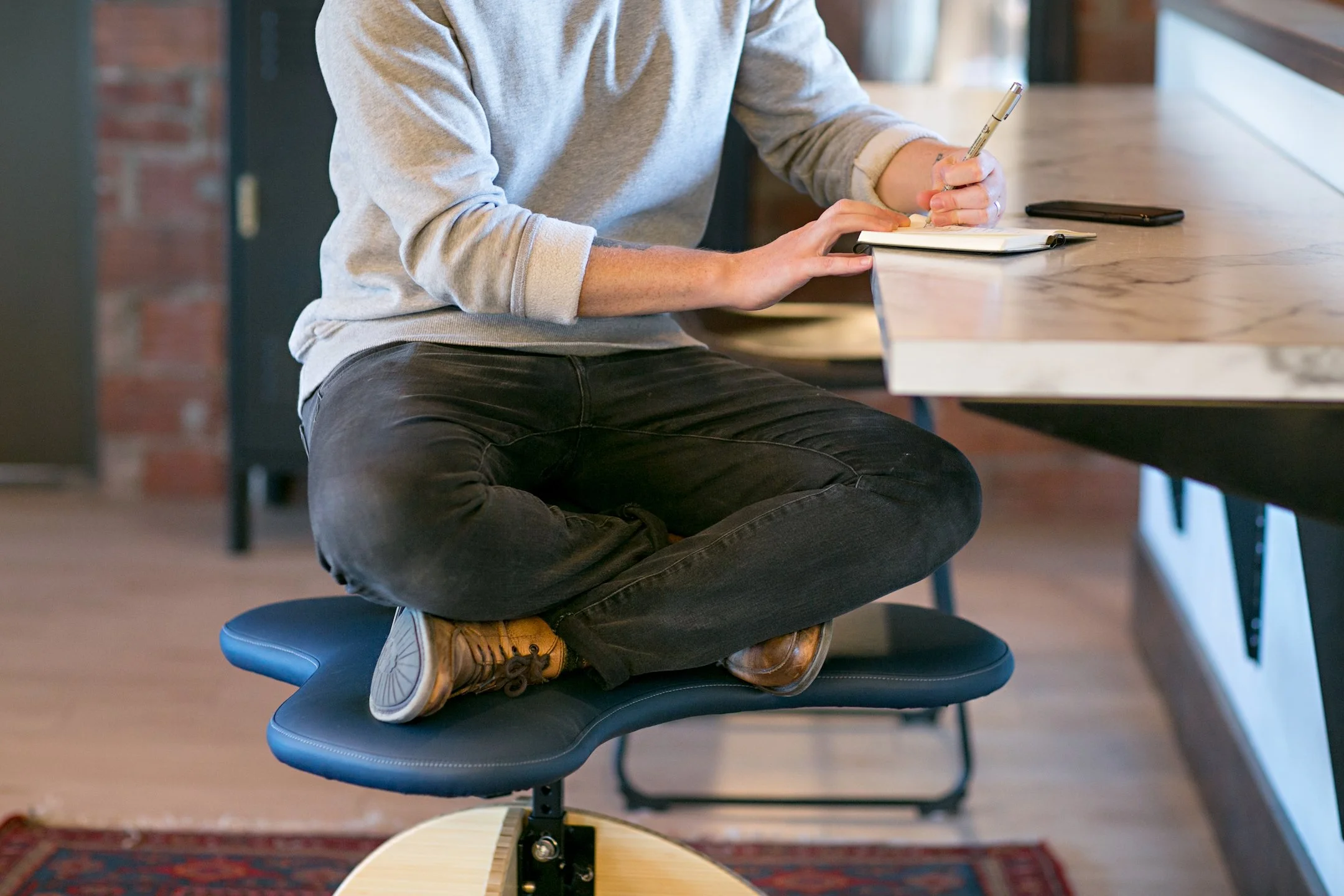The Soul Seat
The original cross-legged chair for active sitters.
The Soul Seat is different than a traditional office chair as it allows you to sit in a position that’s more comfortable for your body’s natural movement.
We Give You Permission to Sit Weird
The original ergonomic chair was designed to keep an employee in one “ideal” posture for an eight-hour workday. Sadly, the 90 degrees at the hip and knees for extended periods is no longer supported by ergonomists, physiotherapists, or physical therapists
Our premium products, like The Soul Seat, exist to help give folks the permission they may need to sit weird.
The Soul Seat Might be a Good Fit if…
You sit creatively. You pull our legs up to sit crisscross applesauce and other “weird” positions in conventional chairs.
You like to fidget. You crave movement and have a hard time staying still or focusing while working.
You’re looking for relief. You have chronic back and neck pain that’s exacerbated by your current office chair.
“My body loves this chair.”
We want to break down the physical, mental, and societal barriers that keep us in conventional sitting positions and make the spaces where we work and live more active and healthy.

Each Soul Seat is hand-crafted in Mid-Missouri.
We aren't interested in manufacturing throw-away office furniture. We’re building products that will last, and that we’re proud of.
Frequently Asked Questions
We know many people are new to “active sitting” and adjusting to their new Soul Seat. If you don’t see a specific answer to your question, please start a Live Chat or email us directly at hello@ikariadesign.com.
-
Most people who haven’t had a chance to sit on a Soul Seat assume it will be uncomfortable. But once they try it, we call it the "Soul Seat Sigh". That smile, the relaxing “ahhh” that folks express as they have their first experience on the Soul Seat. It’s a pleasant jolt of recognition when their spine finds an end to its fight with gravity. The hips, femurs, pelvis, and back get to work together effortlessly. Folks are transported to a time in their lives when sitting didn’t spark an internal battle. For some folks, they haven’t felt that way in decades.
Read more in our article “Body Conscious Design Soul Seat Review, by Galen Cranz” on our blog.
-
Yes! The Soul Seat is designed for you to adjust the height of the small cushion (perch) to your flexibility and comfort. You can then adjust the lower butterfly cushion to get the best height relative to your workspace. We recommend that you adjust the overall height so your elbows are just above the height of your work, allowing your shoulders to be relaxed and wrists slightly lower than your elbows.
Soul Seat: the lower platform is adjustable from 15" to 20" high, while the perch can be raised up to an additional 8" from the lower platform.
Soul Seat, Bamboo: the lower platform is adjustable from 14" to 24" high, while the perch can be raised up to an additional 8" from the lower platform.
-
The difference between the two sizes is in the size of the lower platform (larger butterfly cushion). The standard size is 25" wide and the large is 31" wide. The legs and perch (smaller cushion where you sit) are the same for both sizes.
We often recommend going with the large if you're on the fence about which size to choose. The only downside to having the additional legroom of the large would be if your desk or workspace cannot accommodate the additional width.
-
We have not yet contracted with a lab to put the Soul Seat through a formal testing regimen, so until then, we go by the rating of our suppliers. The gas cylinders we utilize are class 4 with a capacity of up to 352 pounds. Informal testing, however, has shown the Soul Seat to be able to withstand around 560 pounds.
-
The Soul Seat is designed to allow you to sit in various positions that align your spine naturally in a neutral position, making a backrest unnecessary. Our customers have reported that they don't miss having a backrest, but we understand the curiosity that we hear often about why there isn't a backrest. Read more about why there’s no back on the Soul Seat in our article, “Where’s the back on that chair?”
For those that have been told by medical professionals that they do need a backrest on their chair for a specific condition, the Soul Seat may not be the right chair.
-
The behavior of the office worker, the amount that they change positions throughout the day, the relationship between their chair, desk, monitor, and keyboard set-up, and the work-style culture that management fosters, all contribute to a dynamic situation that enhances or hinders health at work. We see our efforts with the Soul Seat to be as flexible a component of that dynamic as we can be.
As the Soul Seat’s design has continued to develop over the years, we’ve elicited feedback and informal evaluations from physical therapists, orthopedic surgeons, osteopaths, ergonomists, bio-mechanists, and clinical psychologists (among others). Our goal with the design is for the chair to provide enough honest feedback to the sitter’s physiology that they are more likely to move to the best posture, which is always the next posture. Compared to any other seating option at work (except the floor, which our Flow Desks provide access to), the Soul Seat offers the most variety of comfortable and supported “Next Postures” while still staying focused on work.
We would welcome the opportunity to participate in formal clinical trials to augment the reports of benefits from our customers. As a small start-up, we’ve been on the lookout for someone interested in proposing a well-designed clinical trial. We encourage you to share with us any referrals you might suggest! Do you have any resources or institutions to recommend who would be willing to help bring that about? We’d love to hear from you!



